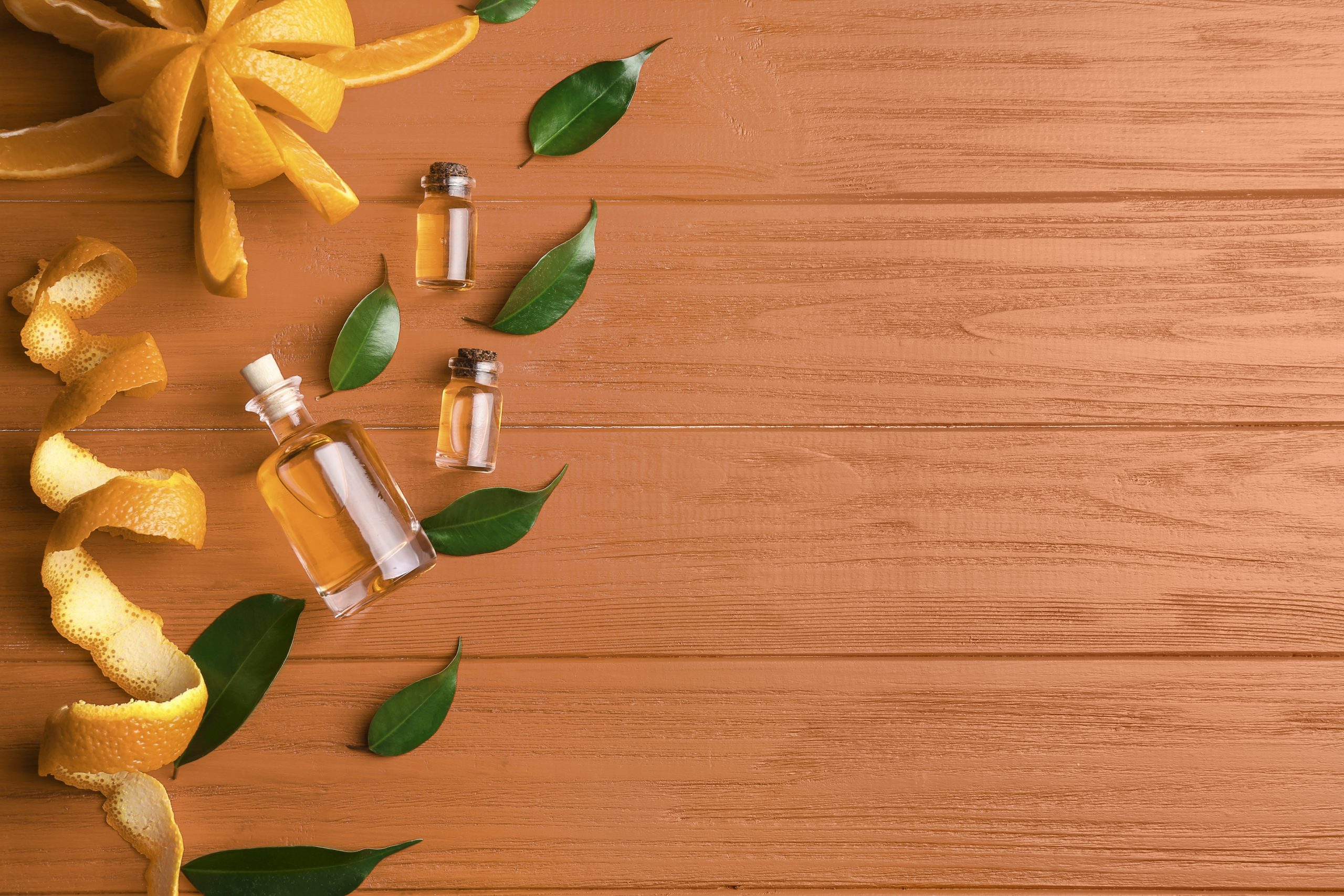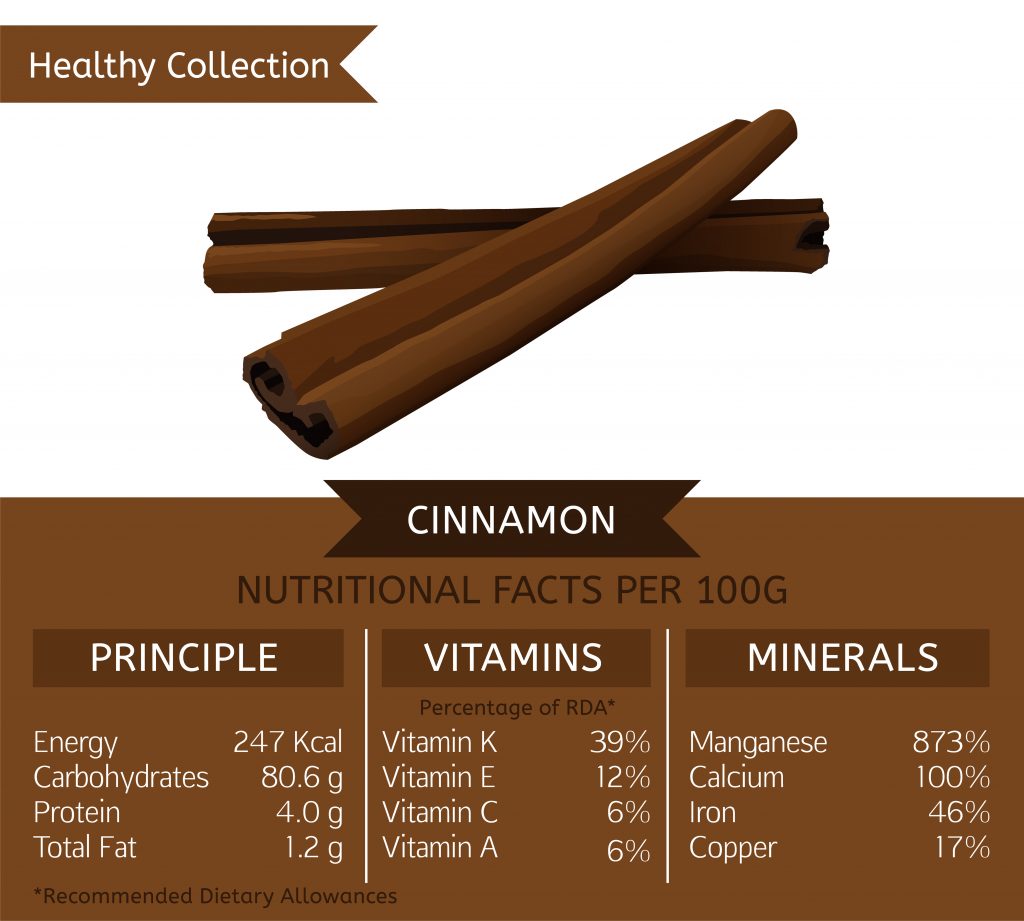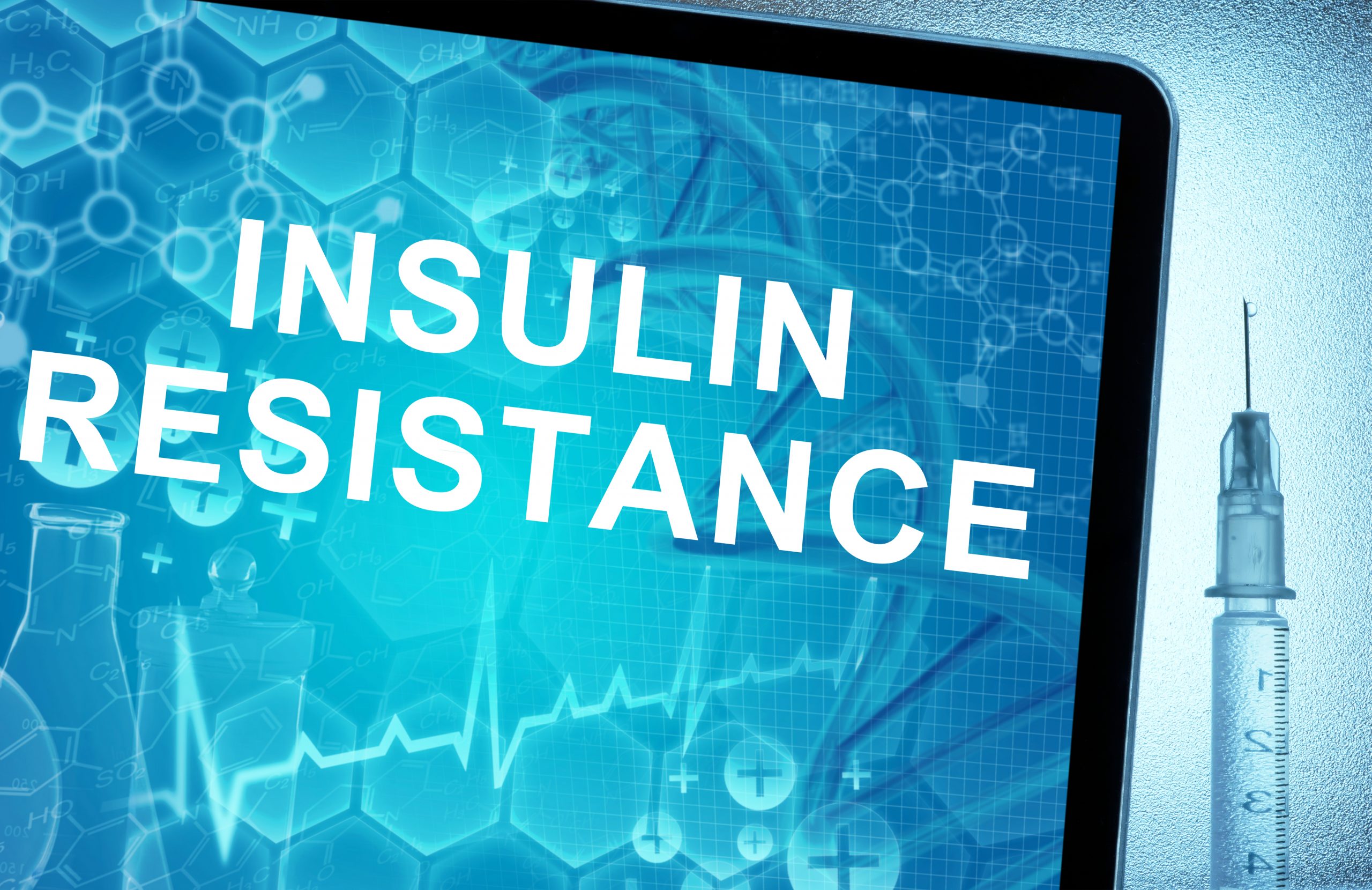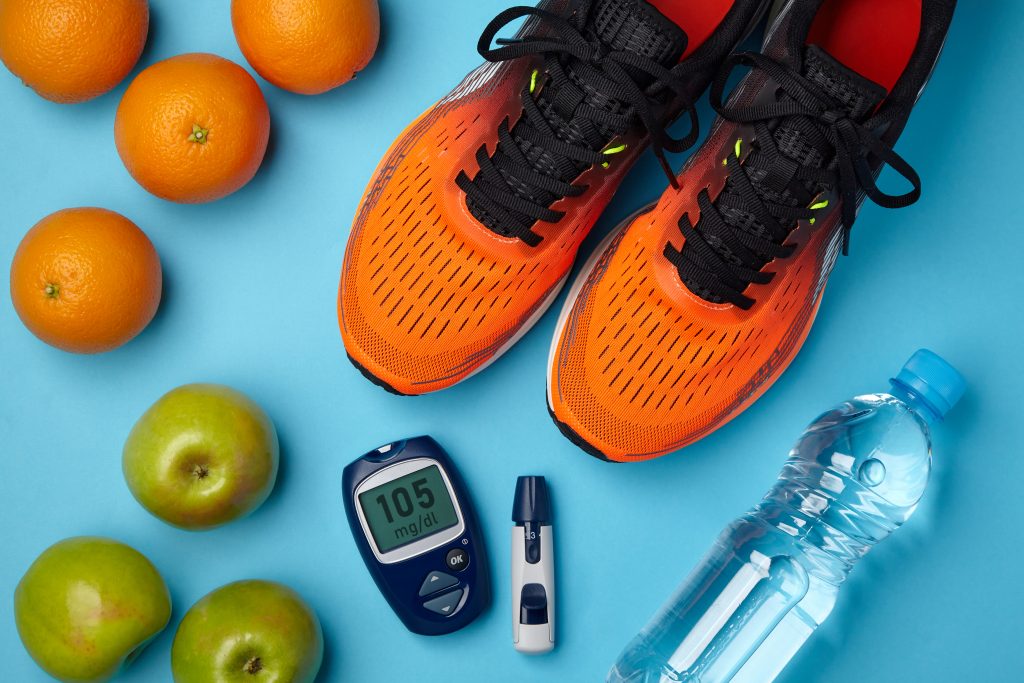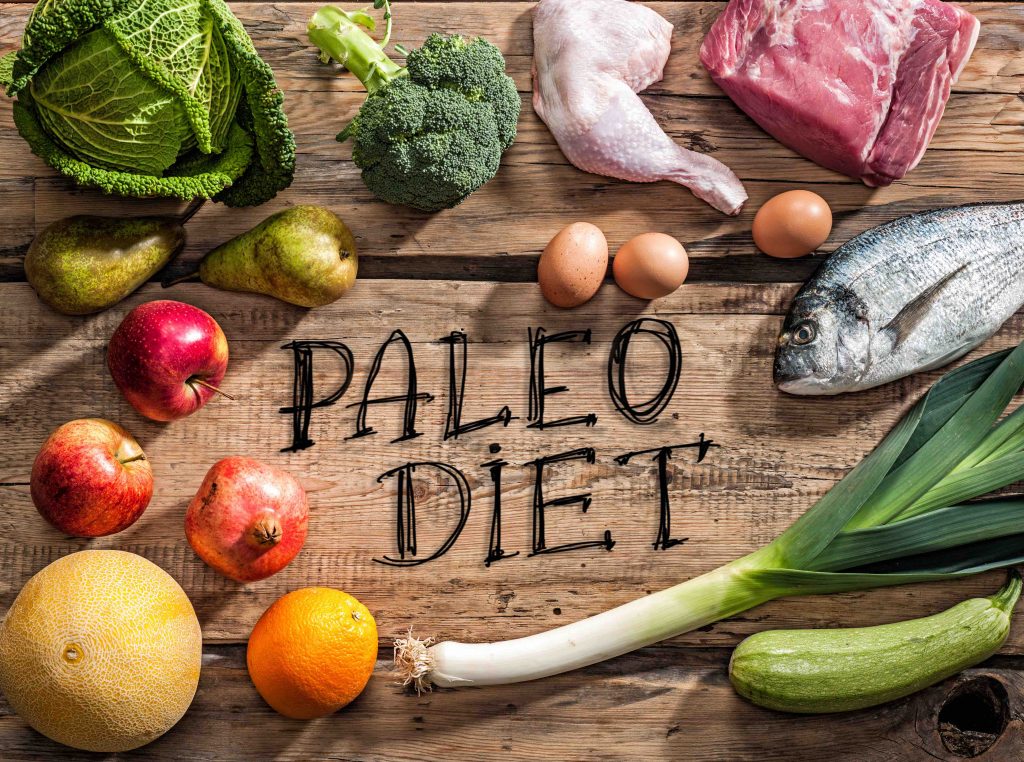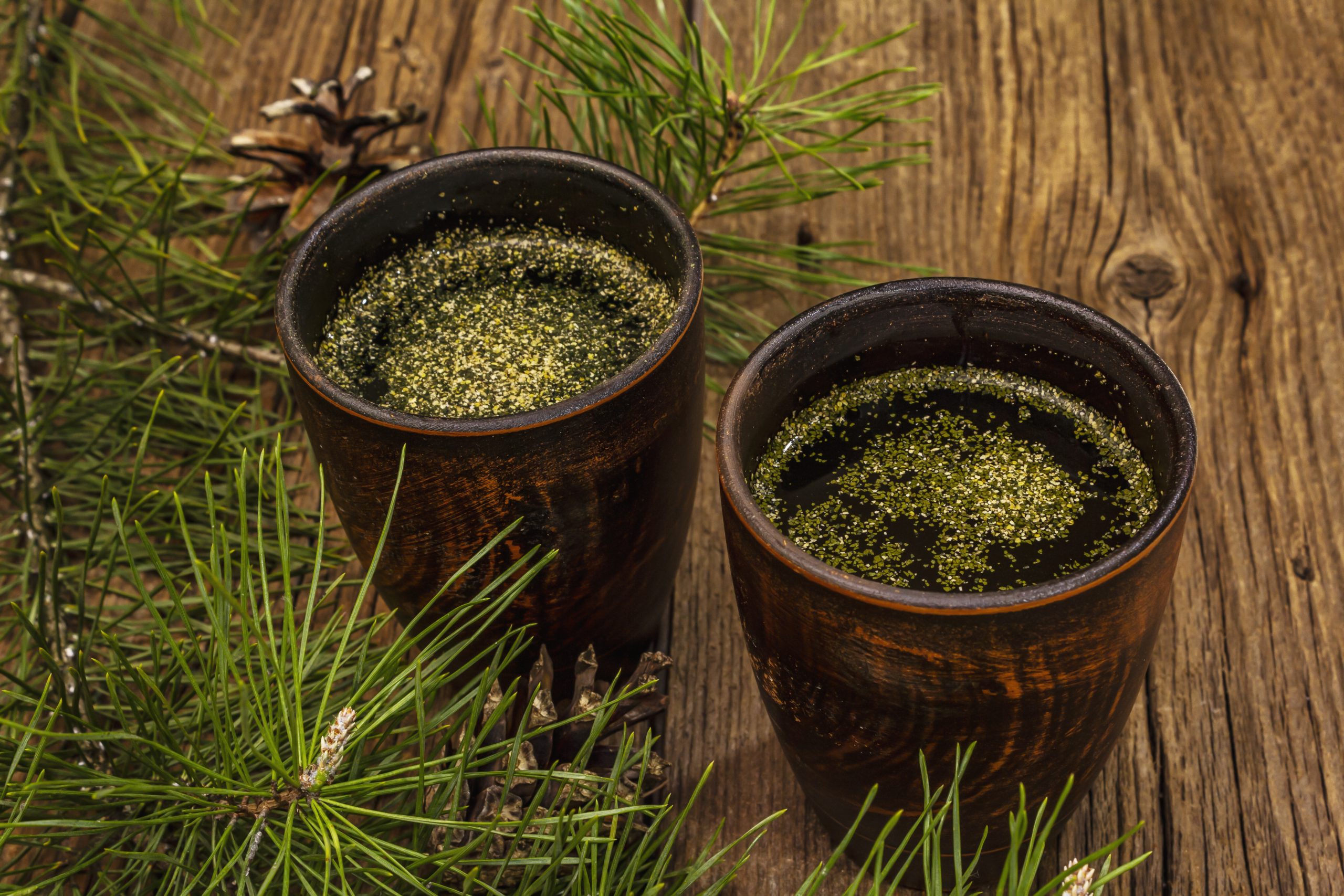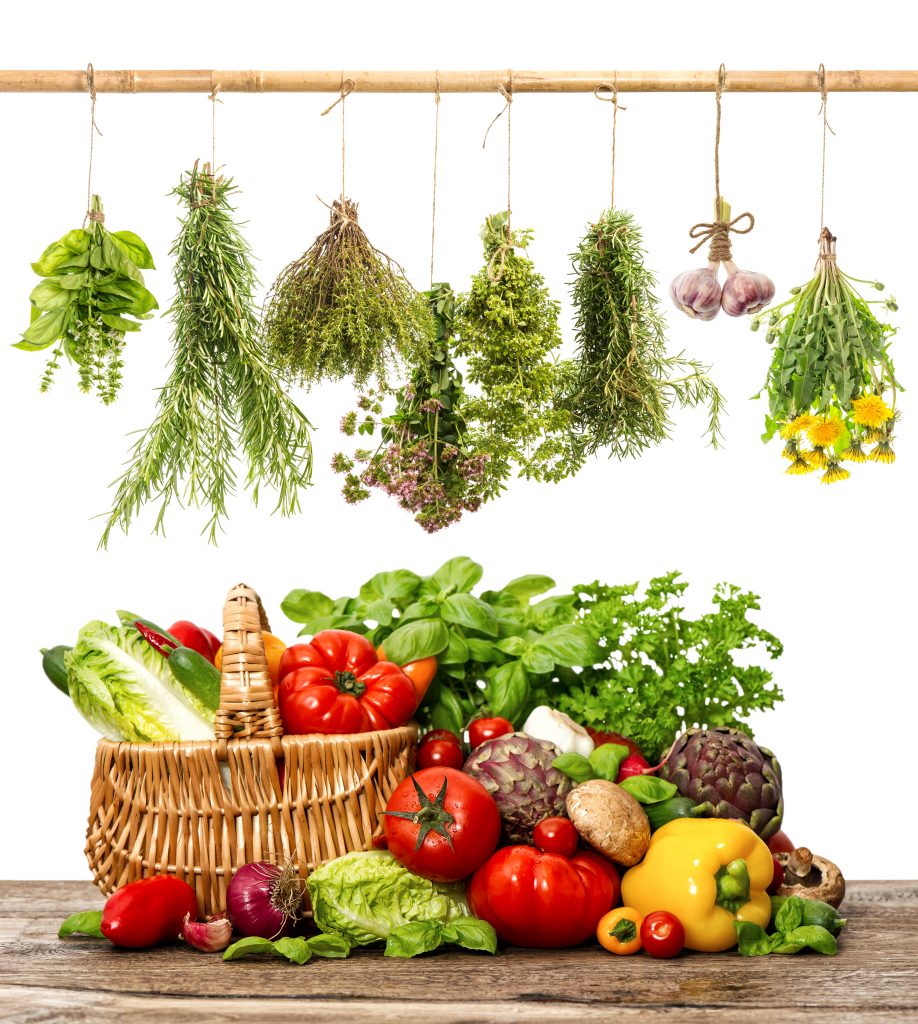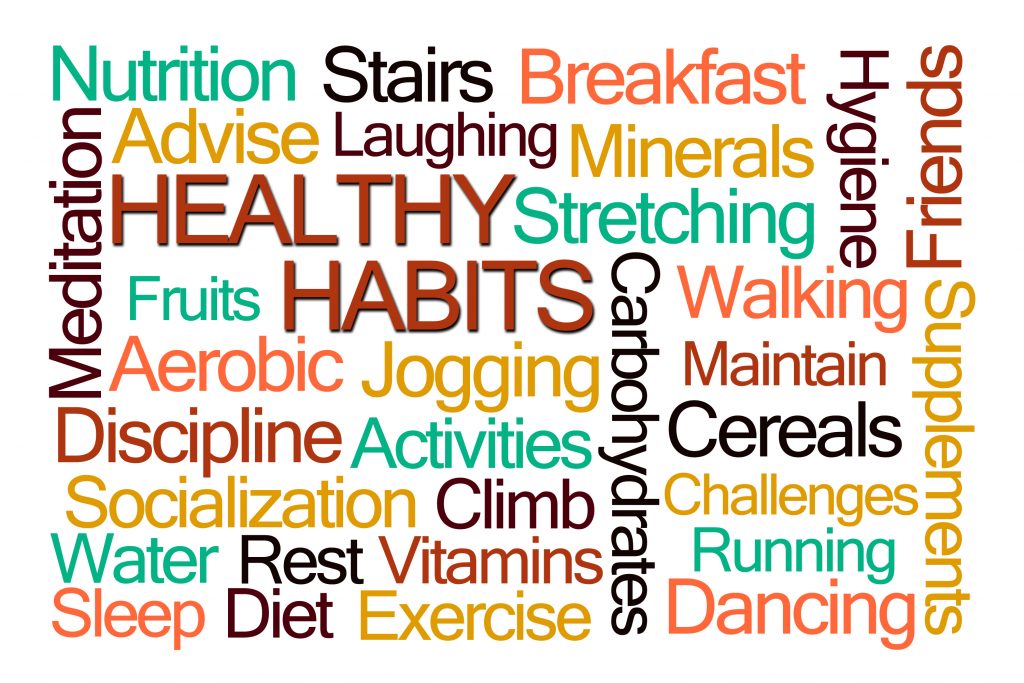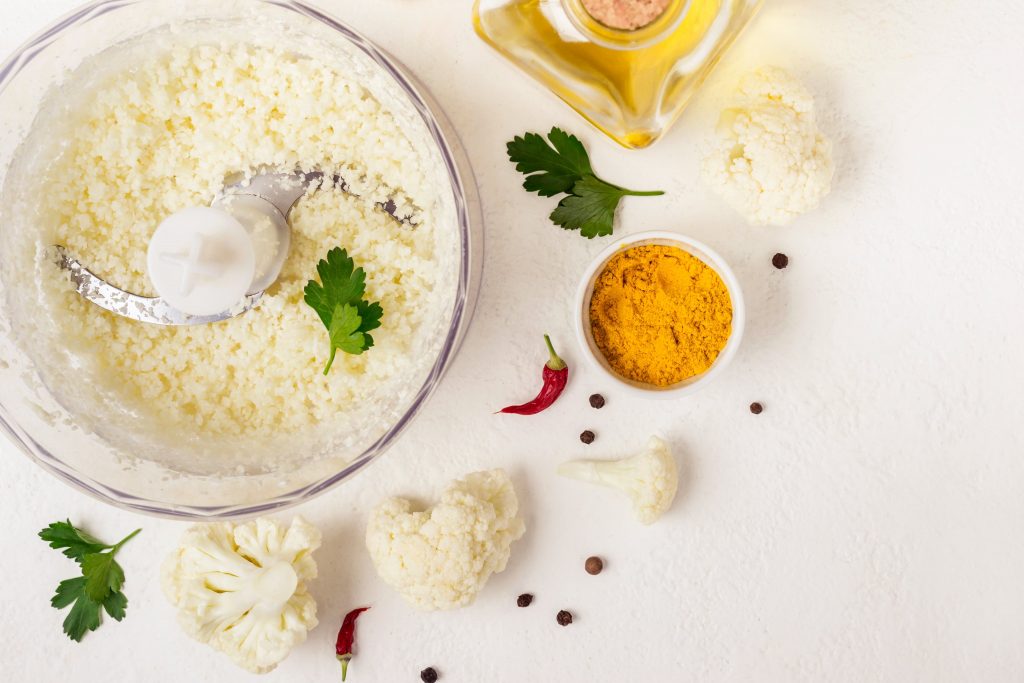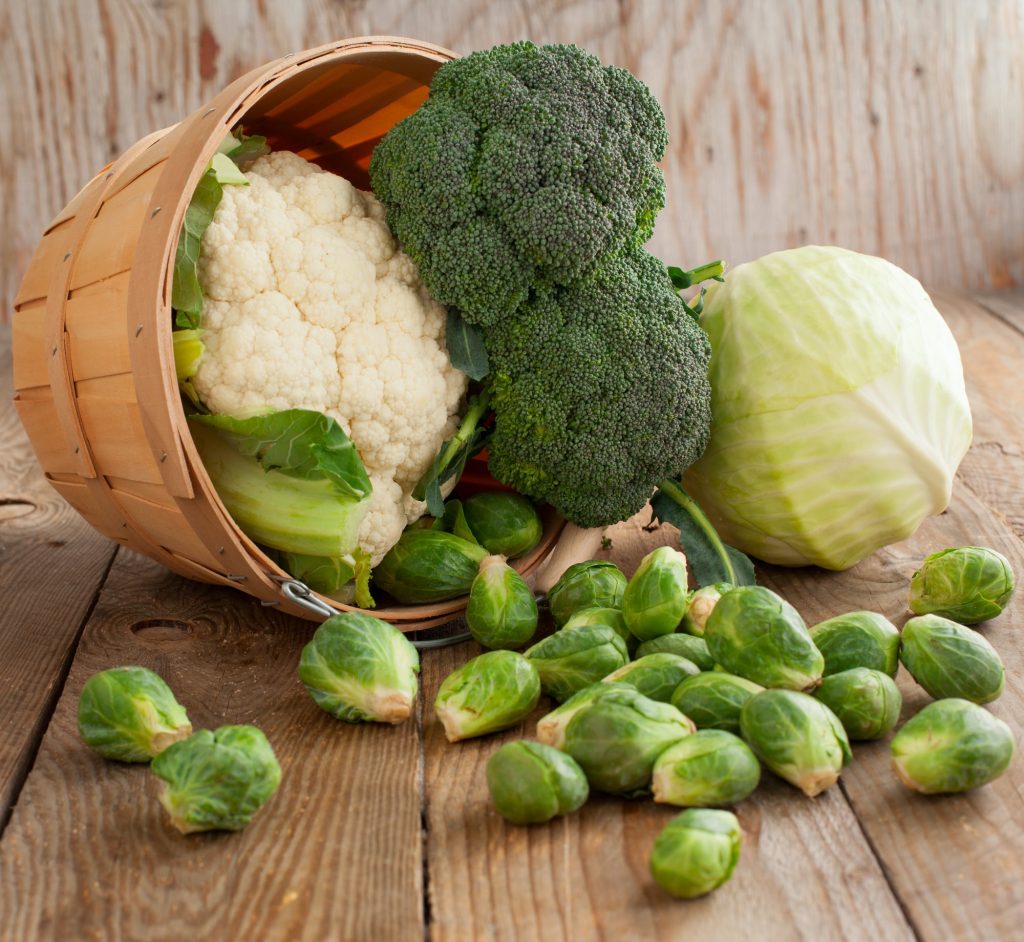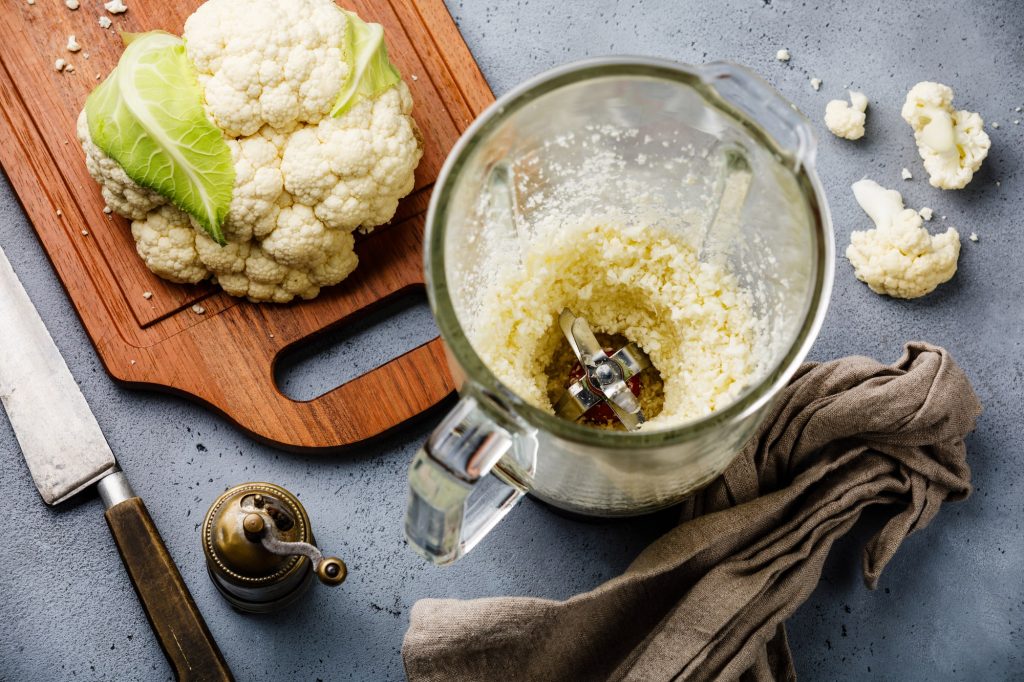Most people rush to throw their orange peel away after eating a delicious orange. For many, this has been ingrained into their heads since childhood that we simply do not eat the peel! However, orange peels have so many other uses beyond eating them. Orange peels are the outside or “bumpy” part of an orange, along with some of the stringy white stuff that surrounds it. Believe it or not, the orange peel is packed with nutrients and health benefits. In this article, we’ll provide some of the amazing benefits of orange peels and how to use them. Orange peels can actually be a beneficial addition to a healthy diet. You’ll never trash an orange peel again after reading these benefits.
What does an orange peel contain?
Oranges are part of the citrus family and are known for having a high Vitamin C content. However, as far as the peel goes, there are several other nutrients and antioxidants found in orange peels, such as Vitamin A, Vitamin B, copper, calcium, and magnesium. Orange peels contain polyphenols that protect against diseases, too, such as lung problems and heart conditions. Orange peels contain a compound known as limonene which may also have anti-cancer effects. Keep reading to learn more about all of the amazing health benefits of orange peels!
Although the peel of an orange is edible for humans without harm, it may not be feasible or recommended for most people. Due to their rough and tough outside texture, it is not generally pleasant to eat as it can cause digestive problems and stomach upset. Orange peels are high in fiber, which can lead to stomach upset as well. Eating too much or very large pieces of orange peels can cause digestive symptoms such as bloating, cramps, or abdominal pain. In addition, many people find them unappealing due to their bitter taste and dry texture.
How do I consume it?
There are other methods to ingesting an orange peel rather than direct consumption. Using a knife or veggie peeler, you can cut thin strips to use in salads or smoothies. Another common orange peel usage method is to make them into sweetened, dried orange peels for a delicious and nutritious snack. Orange zest can be used in many ways, too, including in marinates, oatmeal, yogurt, and much more.
When consuming orange peel, be mindful of quantity as too much orange peel can cause some other unwanted side effects, such as a headache, body weakness, or vision problems. This is only seen in excessive consumption of orange peels.
Orange essential oil can be used for a variety of applications that range from lifting mood and reducing stress to adding a fresh, citrusy aroma to a room.
Benefits of Orange Peels
Other than the ways mentioned above to use orange peels, there are even more benefits and uses of orange peels to incorporate into your life.
 Skin Care Benefits- A great use of orange peel is to improve your skin! Due to the antioxidants found in orange peels, applying them to your skin can help fight skin conditions that are linked to inflammation and even prevent wrinkles and age spots. Some people have also found orange peels to help with dry skin, acne, and blackheads. For those looking for natural skincare products, an orange peel could be your answer to fresh, glowing skin!
Skin Care Benefits- A great use of orange peel is to improve your skin! Due to the antioxidants found in orange peels, applying them to your skin can help fight skin conditions that are linked to inflammation and even prevent wrinkles and age spots. Some people have also found orange peels to help with dry skin, acne, and blackheads. For those looking for natural skincare products, an orange peel could be your answer to fresh, glowing skin!
 Heart Health- Since orange peels are high in fiber and have numerous vitamins, peels can help improve your heart health! Orange peels can lower blood pressure and prevent problems such as high cholesterol. Orange peels also contain a common flavonoid known as hesperidin. Hesperidin helps regulate blood pressure and maintain good cholesterol levels.
Heart Health- Since orange peels are high in fiber and have numerous vitamins, peels can help improve your heart health! Orange peels can lower blood pressure and prevent problems such as high cholesterol. Orange peels also contain a common flavonoid known as hesperidin. Hesperidin helps regulate blood pressure and maintain good cholesterol levels.

Lung Health- In addition to positive benefits for your overall heart health, orange peels can have amazing health benefits for your lung health. The vitamin C within orange peels helps clear chest congestion and cleanse the lungs. Vitamin C also increases immunity and strengthens the immune system to fight off viruses and colds to help improve overall health.
 Hangover Cure-This is one unique use for orange peels! Feeling hungover after a long night out? Try boiling an orange peel for 15 to 20 minutes and create a tea. Drink this tea for a hangover cure!
Hangover Cure-This is one unique use for orange peels! Feeling hungover after a long night out? Try boiling an orange peel for 15 to 20 minutes and create a tea. Drink this tea for a hangover cure!
 Cancer Prevention- Orange peels have the ability to slow the growth of cancer cells, specifically found to help with skin cancer. Regular consumption of orange peels can help you decrease your risks for skin and lung cancer. This is due to specific types of flavonoids that inhibit a protein that has been linked to cancer.
Cancer Prevention- Orange peels have the ability to slow the growth of cancer cells, specifically found to help with skin cancer. Regular consumption of orange peels can help you decrease your risks for skin and lung cancer. This is due to specific types of flavonoids that inhibit a protein that has been linked to cancer.
 Allergies & Inflammation – Struggling with nasty allergies? Orange peels contain active compounds which can help suppress allergic reactions and serve as an anti-inflammatory. A recent study has compared the use of orange peels with a commonly known anti-inflammatory drug, known as Indomethacin. The study concluded that orange peel can be a great natural alternative with positive anti-inflammatory benefits.
Allergies & Inflammation – Struggling with nasty allergies? Orange peels contain active compounds which can help suppress allergic reactions and serve as an anti-inflammatory. A recent study has compared the use of orange peels with a commonly known anti-inflammatory drug, known as Indomethacin. The study concluded that orange peel can be a great natural alternative with positive anti-inflammatory benefits.
Research has shown that orange essential oil may have several benefits. Some examples include antimicrobial activity, pain relief, insecticide activity, weight loss, exercise performance enhancement, anxiety and depression relief.
Dr. Casey Sinclair, D.C. is a leading holistic healthcare doctor trained in functional medicine. He has extended his reach around the world by co-founding Family Health Advocacy, a health advocacy group lead by doctors and health professionals providing resources and education on global health matters. He has been fortunate to act as health a consultant to some of the largest companies in North America and as a professional speaker he’s had the privilege of speaking to thousands of people. Dr. Casey is an advocate for people suffering with chronic pain and fibromyalgia and has authored a book on the subject.

